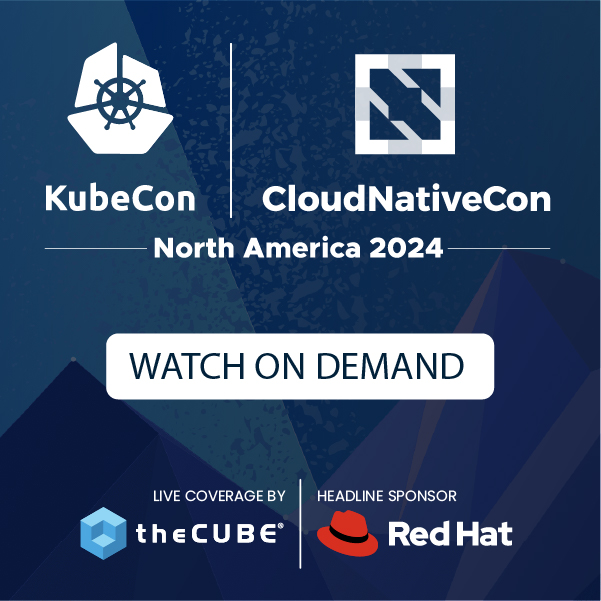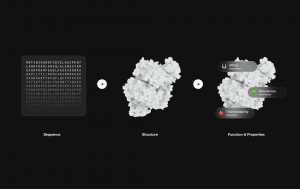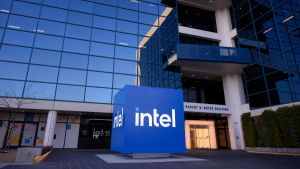Google’s Mobile History: a Story Primed for Motorola Acquisition
![]() Google’s acquisition of Motorola has several implications, namely for Android as a business, and Google’s long term goals for its mobile initiatives. While Motorola Mobility will remain a standalone platform for the mobile industry, Google wouldn’t have made such a buy without having some level of integration or cross-leveraging with Android. And as Google continues to put Android on the defensive, curbing the effects of patent and licensing suits from Oracle to Apple, the Motorola acquisition sparks a great time to look back at Android’s history.
Google’s acquisition of Motorola has several implications, namely for Android as a business, and Google’s long term goals for its mobile initiatives. While Motorola Mobility will remain a standalone platform for the mobile industry, Google wouldn’t have made such a buy without having some level of integration or cross-leveraging with Android. And as Google continues to put Android on the defensive, curbing the effects of patent and licensing suits from Oracle to Apple, the Motorola acquisition sparks a great time to look back at Android’s history.
Android Inc. was acquired by Google in August 2005, barely two years after its 2003 launch. It was a key talent buy for Google, with founders Andy Rubin, Rich Miner and Chris White remaining with the project after its acquisition. At Google, Andy Rubin became a key figure in the company’s mobile efforts, including the Linux kernel platform.
But before we recognize the full ramifications of Rubin’s contributions, let’s glance over some of the important developments amongst industry players, long before the patent war got started. In November 2007, a consortium of several companies, which included Broadcom Corporation, Google, HTC, Intel, LG, Marvell Technology Group, Motorola, Nvidia, Qualcomm, Samsung Electronics, Sprint Nextel, T-Mobile and Texas Instruments called Open Handset Alliance. Its goal was to develop open standards for mobile services. On the same day, the Open Handset Alliance also unveiled their first product, Android, a mobile device platform built on the Linux kernel version 2.6.
By December 2008, it was reported that The Open Handset Alliance, which promotes the use of Google’s Android mobile operating system, added 14 new members, including Vodafone, the world’s largest mobile operator. Google had announced the release of their latest Android SDK, version m5-rc14 earlier that. The release of Android m5-rc14 sparks a sigh of relief from the developer world.
Android has come a long way since its first version release in 2008, going on to become the most popular mobile OS worldwide, with gaining interest from developers. Nielsen revealed that 31 per cent of US mobile consumers surveyed want a smartphone that runs Google’s Android operating system, putting it one per cent ahead of Apple’s iPhone, running iOS. Going through Nielsen’s figures, the growing popularity of Android is in stark contrast with not just Apple’s iOS, but Research in Motion’s Blackberry, which suffered a two per cent decline among consumers wanting to purchase devices. Significant drops were also recorded for Microsoft’s Windows Phone 7 (WP7) and HP’s WebOS, with both suffering one per cent declines, though given that few would expect much of a showing from either, the drop is not a big surprise.
With Android’s rising success and industry takeover, it was only a matter of time before Android, the platform, came under fire. Late last year Oracle sued Google for patent infringement in Android OS. The filing alleges that Google’s Android operating system for smartphones infringes upon seven patents and related copyrights of Oracle’s Java software platform. The Java platform is especially useful, as it insulates applications from dependencies on particular processors or operating systems.
The patent wars go beyond Oracle, to include Apple and Microsoft too, which have gone after manufacturers using Android’s OS. Google’s spent the past few months trying to beef up its patent portfolio, but this morning’s announcement of the Motorola acquisition marks the company’s most defensive move yet. Ironically the acquisition was three times more expensive than the Nortel patents, which Google lost the bid on after Apple et al. rallied the funds to price Google out of the picture. And it may work out better for Google in the end.
A few days ago, Motorola’s CEO said that the company owns “one of the strongest and most respected patent portfolios in the industry. We have over 17,000 patents granted and over 7,000 patents pending with particular strength in 2G and 3G essential, non-essential patents important to the delivery of competitive products in the marketplace, video particularly compression, decompression and security technologies and finally, a leading position in 4G LTE essential.”
Jha also said that IP was important to differentiate from other Android vendors. It’s clear that Motorola didn’t want to license its technology to other Android OEMs, so Google’s solution was to buy Motorola.
A message from John Furrier, co-founder of SiliconANGLE:
Your vote of support is important to us and it helps us keep the content FREE.
One click below supports our mission to provide free, deep, and relevant content.
Join our community on YouTube
Join the community that includes more than 15,000 #CubeAlumni experts, including Amazon.com CEO Andy Jassy, Dell Technologies founder and CEO Michael Dell, Intel CEO Pat Gelsinger, and many more luminaries and experts.
THANK YOU











